Cherry trees are among the most common fruit trees found in our orchards.
Key Cherry tree facts
Name – Prunus cerasus
Family – Rosaceae
Type – fruit tree
Height – 20 to 50 feet (6 to 15 meters)
Exposure – full sun
Soil – ordinary
Foliage – deciduous
Flowering – April
Harvest – May to July depending on the variety
Planting, pruning and caring for cherry tree are all practices that will let you grow a bountiful cherry harvest.
How to plant a cherry tree
Planting a cherry tree is an important step because, if properly performed, it favors the expected growth of the tree, fruit formation on the cherry tree and thus the harvest of cherries.
The better it is planted, the earlier it will produce luscious cherries.
- It is highly recommended to plant your cherry tree in fall to speed root development up.
- Exposure to sun is required to produce cherries.
- Planting in spring is also perfectly possible, but a consequence is that more watering is needed over the 1st year after planting.
- Choose grafted cherry trees to be sure they will bear fruit.
- Refer to our guidelines for planting.
Pruning cherry trees
This is a topic that is quite divisive, because pruning a cherry tree tends to weaken the tree and increase its vulnerability to many diseases.
Nonetheless, it might still be necessary to prune if the cherry tree grows too large, or if certain branches become too weak.
- Since cherry trees don’t cope well with pruning, this must be performed as lightly as you can.
Remove dead, fragile or broken branches. - If a branch breaks, immediately apply pruning paste to the wound.
Pruning paste helps avoid contamination by diseases and fungus. - If your cherry tree is too large, prune it in August or September and protect it immediately with pruning paste.
Diseases and parasites attacking cherry trees
A cherry tree is considered to be a very sensitive tree. Its sensitivity explains why pruning must be avoided as much as possible: each wound is an entry point, for fungus especially.
- Cherry flies – Cherries are infested by fruit flies and pinholes appear on the cherry’s skin.
- Aphids – Cherry leaves curl themselves into cylinders and lose their original color, turning yellow.
- Scale insects – White or pinkish flour-like clots appear on branches and leaves.
- European brown rot – Cherries rot on the tree.
Cherry tree, cherries and birds
Ah, the devastation that birds can wring on the cherry tree…
They can leave you empty handed, having devoured your harvest in only a few days.
- The best mitigation action here is to set up a protective net against birds, such as may be purchased in specialized stores.
- They can sometimes be frightened off if you hang shreds of aluminum foil or old compact-discs on the branches.
But birds quickly are the wiser of such crude tricks…
Cherry tree varieties
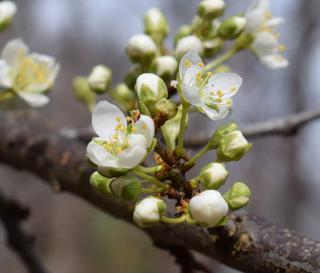
If you only plant one specimen, select a self-pollinating variety lvike ‘Bigarreau summit’ or ‘Bigarreau sweetheart’ for your desserts and preserves.
The ‘Bigarreau’ cherry tree is a sure choice among all the cherry tree varieties. Take note of the most common Bigarreau sub-varieties, like the ‘Burlat’, the ‘Coeur de Pigeon’, ‘Esperen’, ‘Hedelfingen’, ‘Napoleon’, ‘Rainer’, ‘Reverchon’, ‘Stark Hardy Giant’, ‘Summit’ and ‘Van’.
Your only option is to plant a self-pollinating variety when there will only be one cherry tree, if not, you won’t have any cherries.
You can also choose to plant a ‘Montmorency’ cherry tree, its fruits are perfect for delicious clafoutis that will surprise and delight your children and guests.
Learn more about cherry trees
Unavoidable in our gardens for those who like to grow fruit trees or want to start an orchard, a cherry tree boasts many advantages.
It has a magnificent late blooming that leads to high fruit formation rates.
Cherries from edible cherry trees are fleshy, sweet and packed with vitamin C, but some of the other innumerable varieties produce fruits that can be extremely sour, or huge, or more or less sweet.
Cherry trees adapt to virtually any climate, and only requires little care, not even dedicated watering.
Smart tip about cherry trees
Growing cherry trees is easy, so go ahead and try!

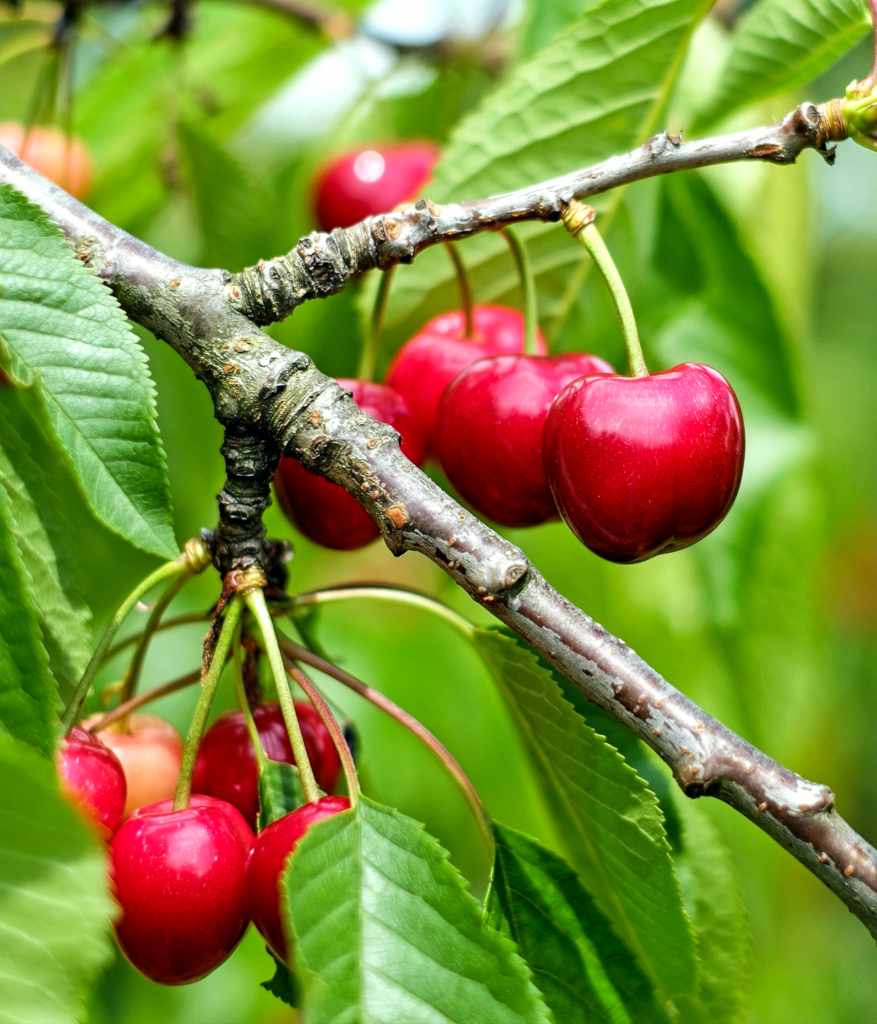
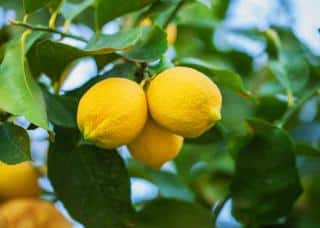
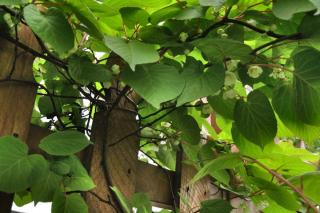
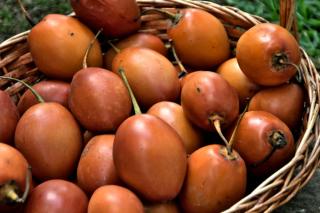
I have a question
Ask my questionI'd like to comment
Post a commentNo comments yet – be the first to share your thoughts!